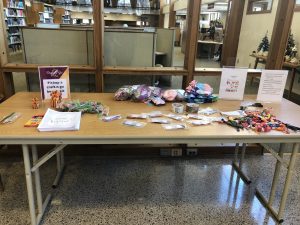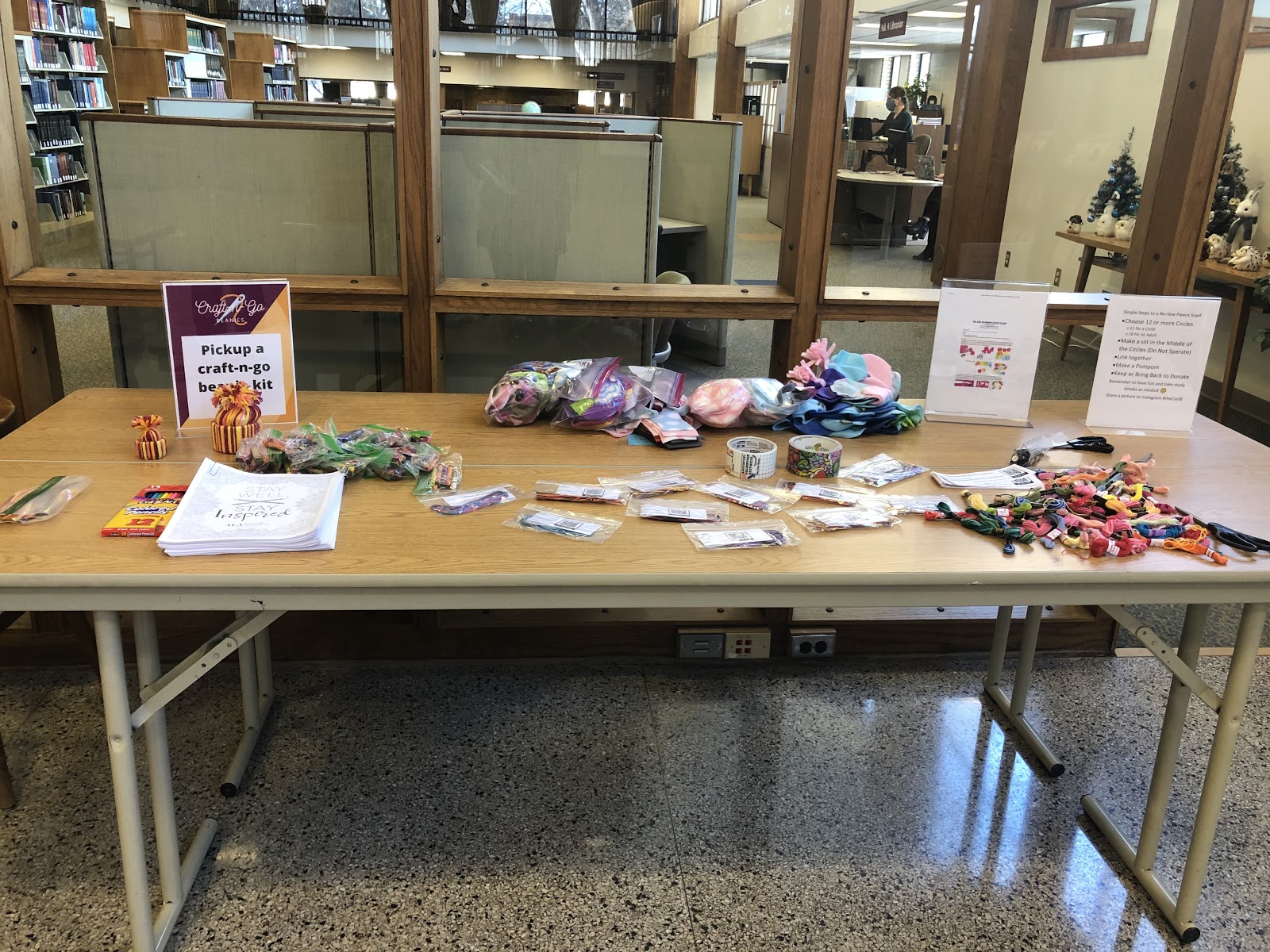From 12:30 p.m. on Tuesday, Feb. 16, to 12:30 p.m. on Thursday, Feb. 18, Concordia students experienced a moment of relief. There were no classes and professors urged students to put aside their schoolwork. In a year when most smaller breaks have been removed from the academic calendar to reduce the spread of COVID-19, the spring respite days provided a rare opportunity for students to do nothing.
This brief period of time, adding up to two full days, was created with the intent to give students a break. In response to the fall semester not having breaks until Thanksgiving, a group of students went to the Academic Procedures and Policy Committee to ask for more days off. After hearing feedback of student fatigue from fall semester, Concordia’s Academic Procedures and Policy Committee considered how to add additional respite days.
“The committee explored different options and felt to best allow for a period of rest, it would be beneficial to offer a longer period respite over a 48-hour period versus two separate days sprinkled in the semester,” said Tally Tinjum, associate professor of nursing and the current chair of the Academic Procedures and Policy Committee.
The committee had to be mindful of calendar constraints and potential implications for different programs when considering adding these respite days. To further create a time of rest the committee also recommended that there should be “no significant assignments on Tuesday through Friday during the week of respite to promote and create time for rest,” said Tinjum.
Kristen Ford, associate professor of education, said that she made changes to her regular class agenda in an attempt to meet the criteria of respite days and that she hoped that the days off were a nice compromise from the initial student request. Ford used the respite days to catch up to prepare for her classes. This year, she has had to prepare for her classes differently than previous years as she is trying to add more time for personal conversations and connections that are lost due to distance learning.
“It is nice to be able to take a deep breath and get a little bit caught up on work, or sleep, or something else,” said Ford.

KJ Siegle, a sophomore theater arts and museum studies double major, said that they understood the safety element of the strategic respite days, but that having half days messed with their body rhythm. Their respite days were spent either studying or catching up with friends as this allowed everyone to have the same break in their busy schedules.
“I understand that breaks can’t be how they were last year,” said Siegle, “but I think more respite days would have been nicer especially if they were more spread out.”
It was confusing to some students having respite be in the middle of the week and start halfway through the academic day. While the break was appreciated, the half days felt disorienting to some as they would have classes spread out between Tuesday and Thursday.
“If the goal is to keep everyone safe and reduce the extra exposure to students as well as families if students travel home, I understand some of the decisions,” said Ford. She said that she can imagine that there are many moving parts involved when planning an academic calendar through a pandemic, so she recommends using caution before being critical.
“Last semester was challenging on many different levels as we all tried our best to respond to the unpredictability in life created by the pandemic,” said Tinjum. “I hope that this week’s longer respite period allowed everyone the time to recharge, as we are still navigating uncertain, and rapidly changing times.”





Be First to Comment